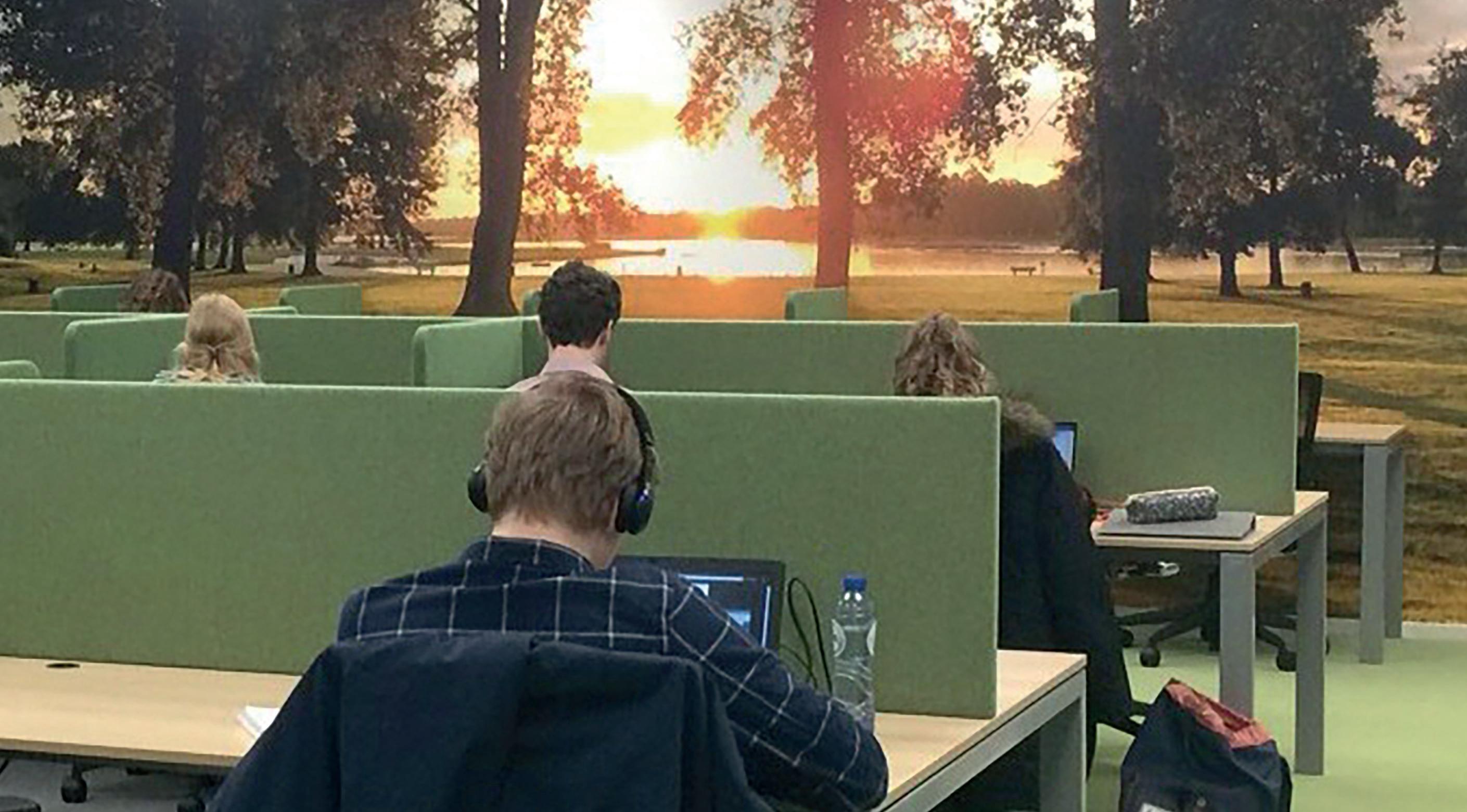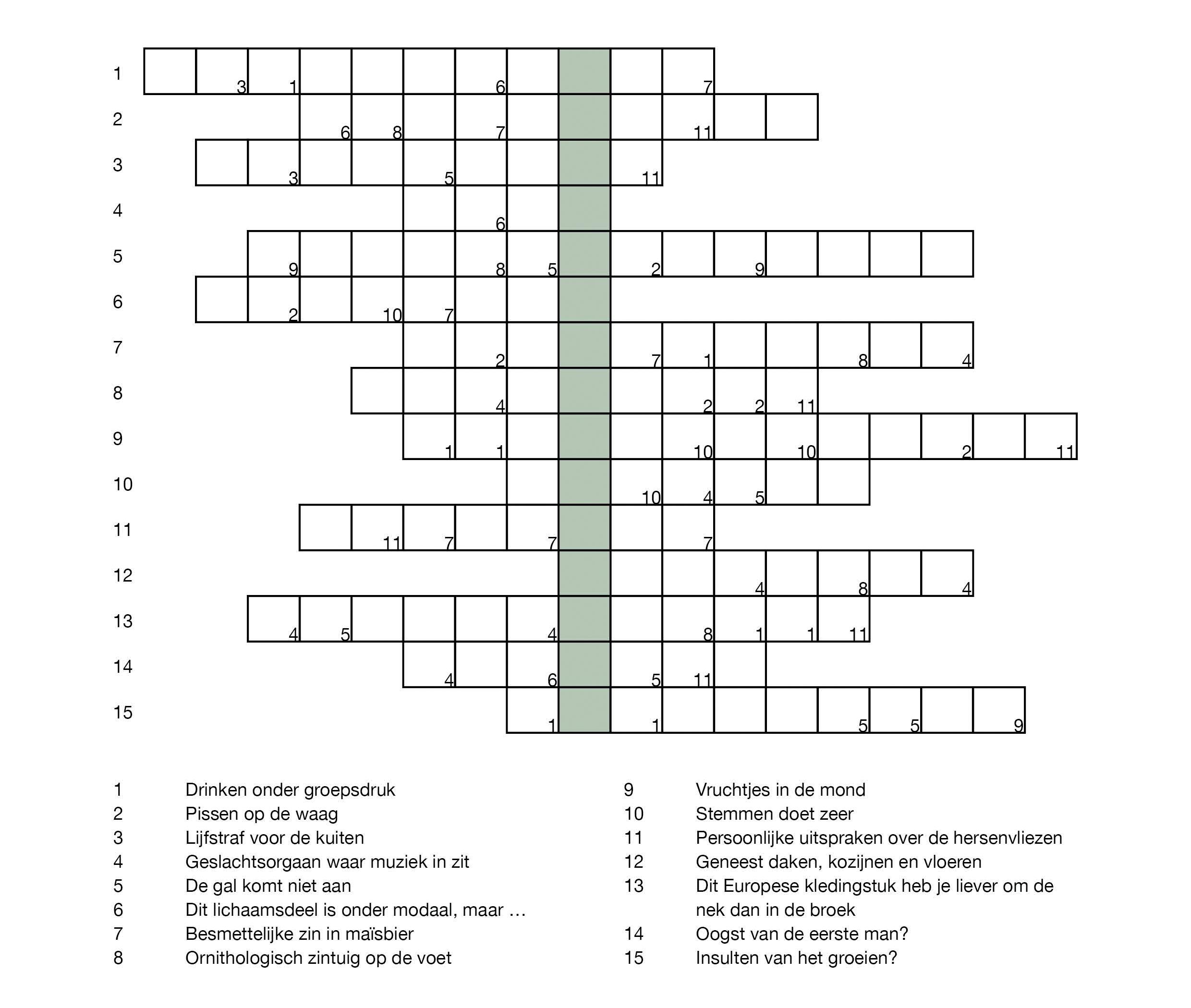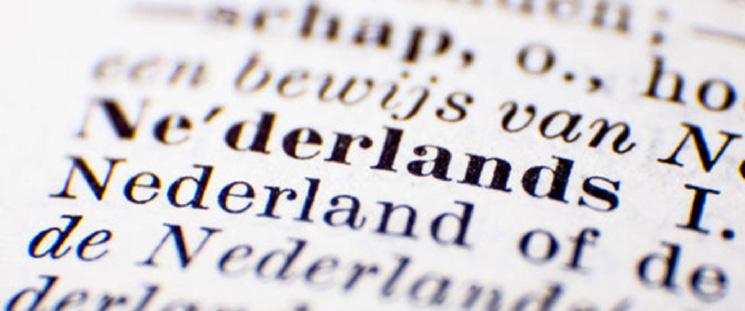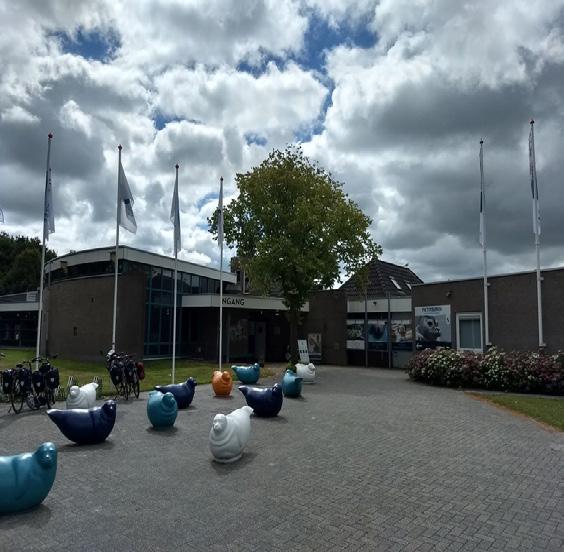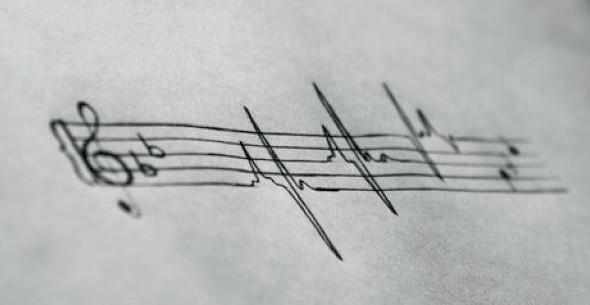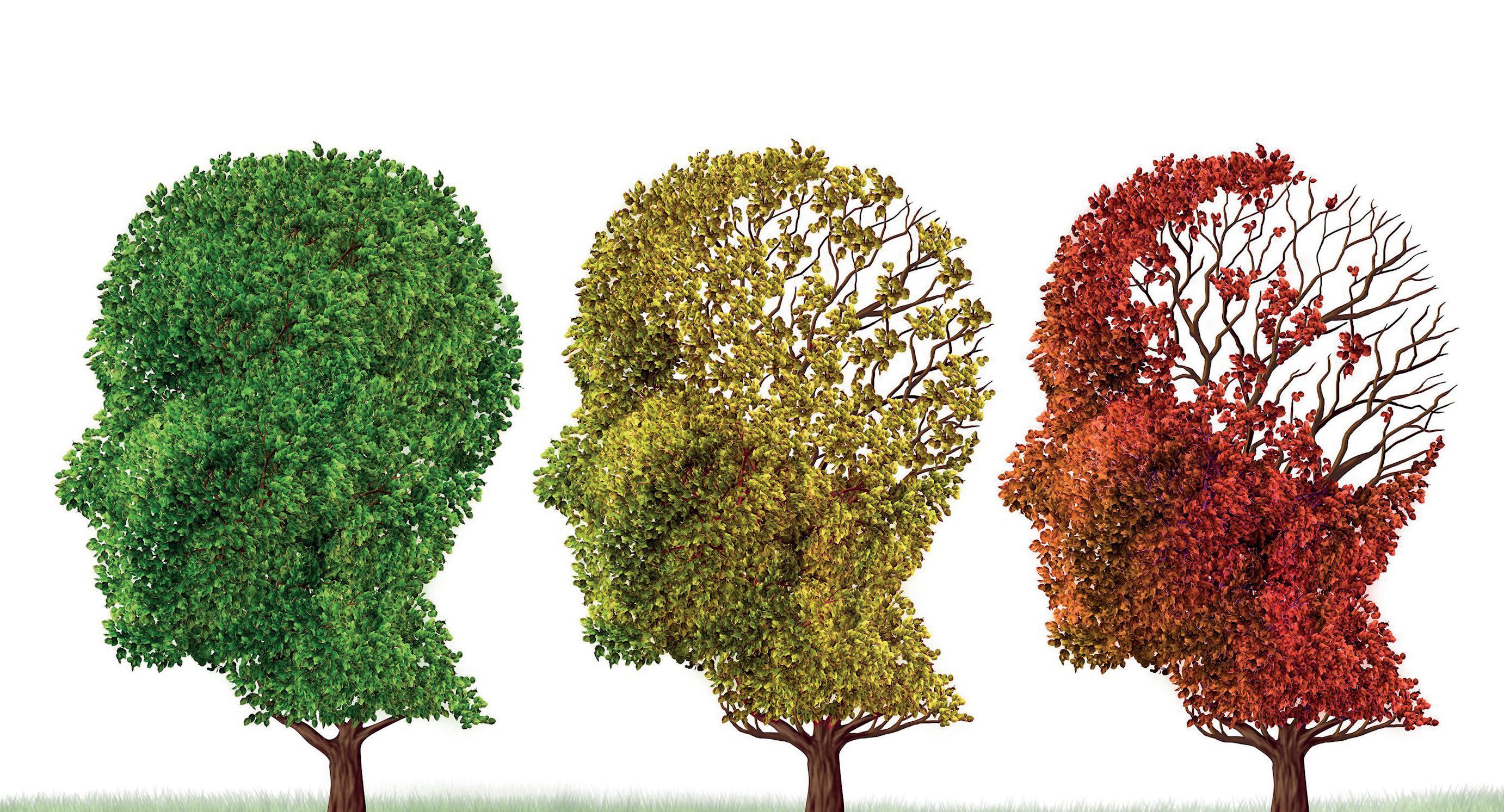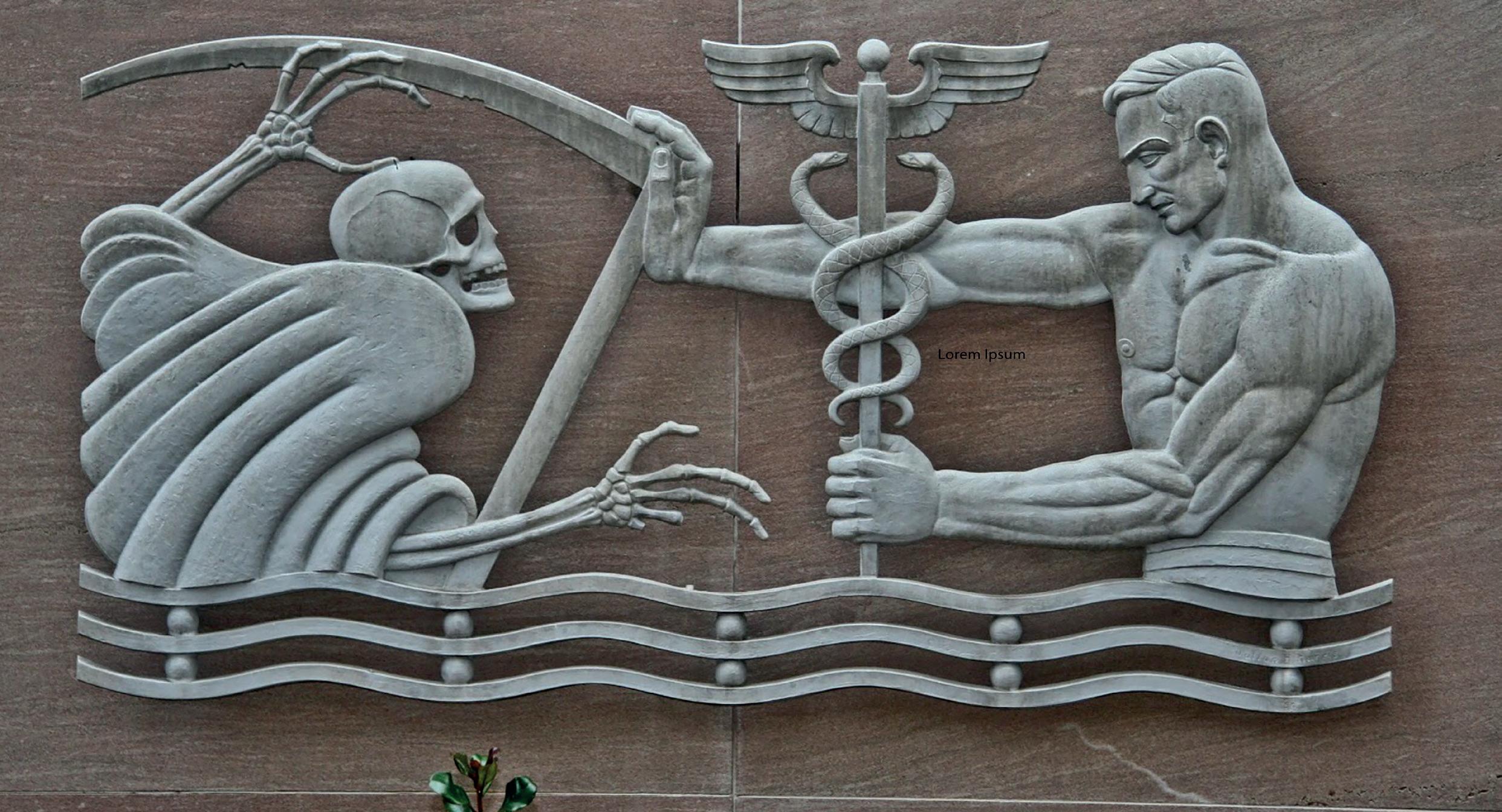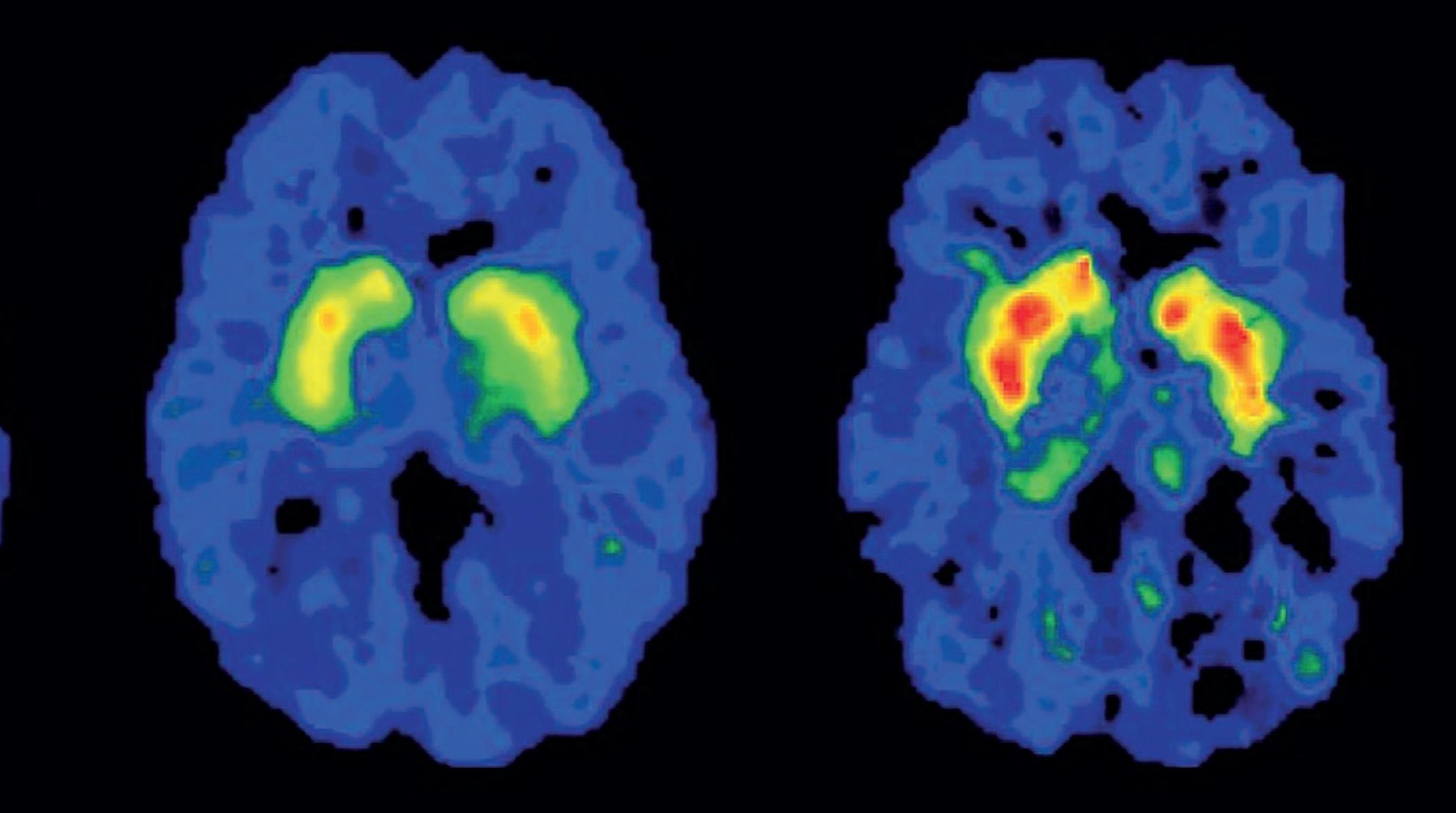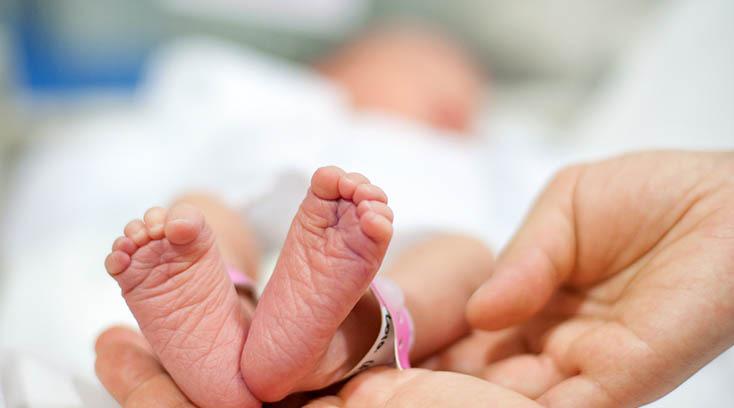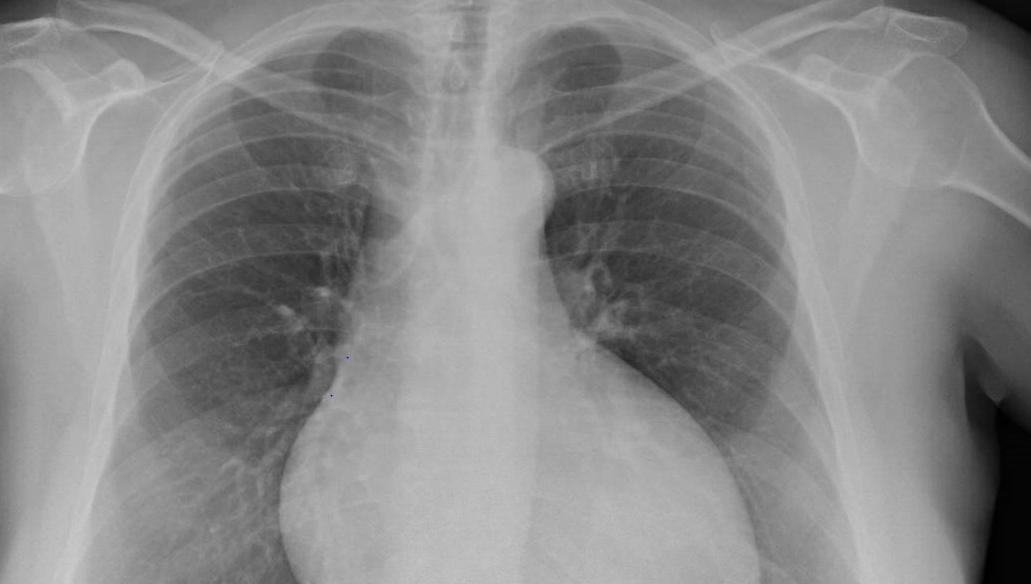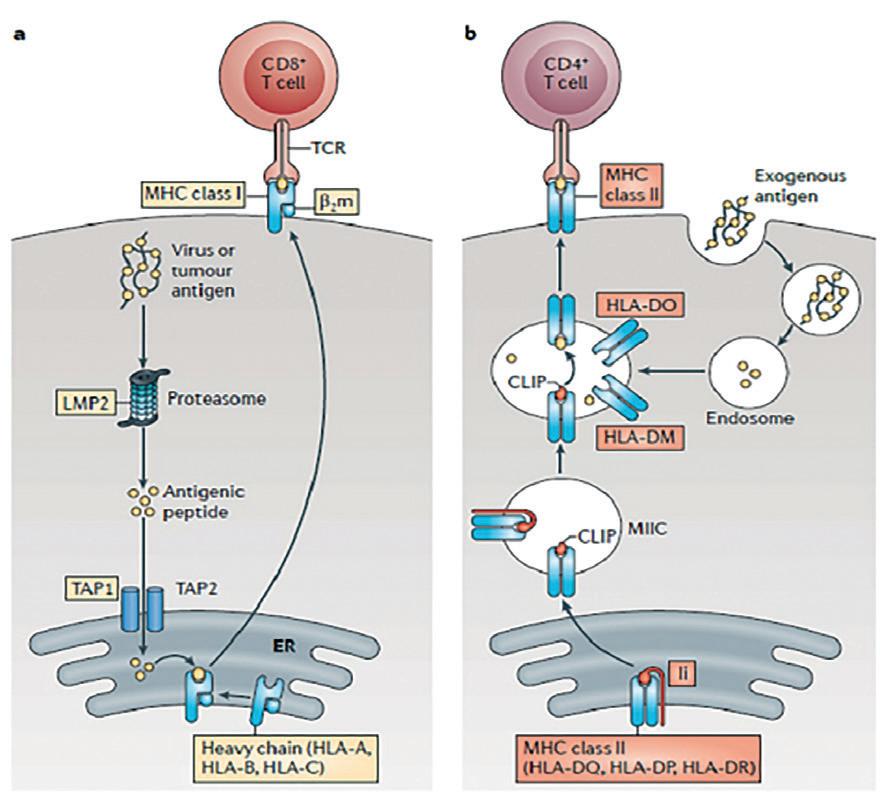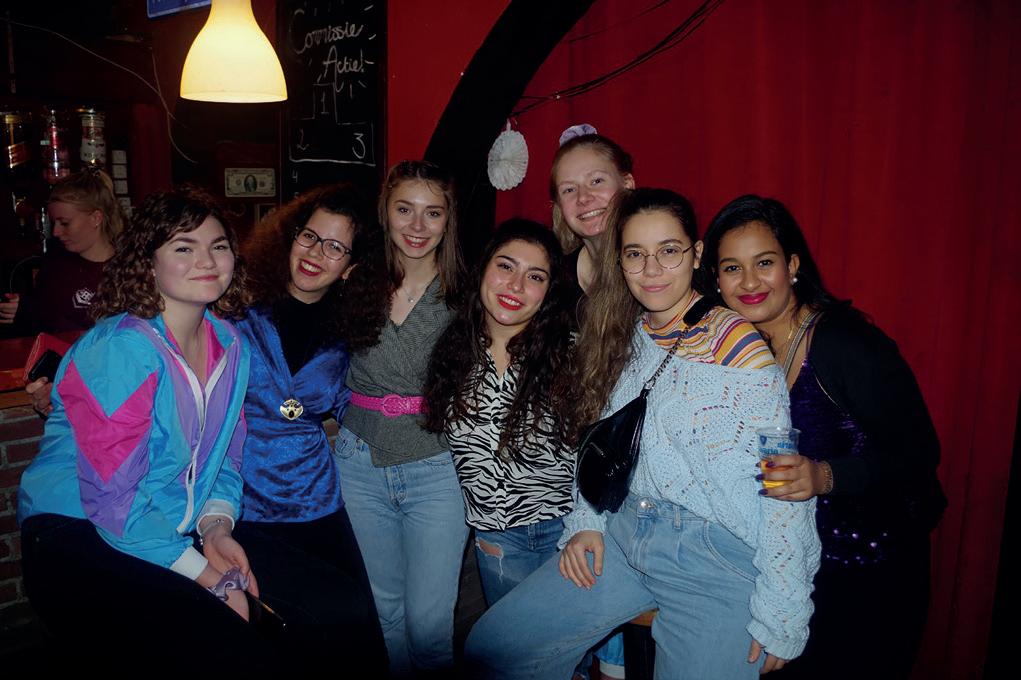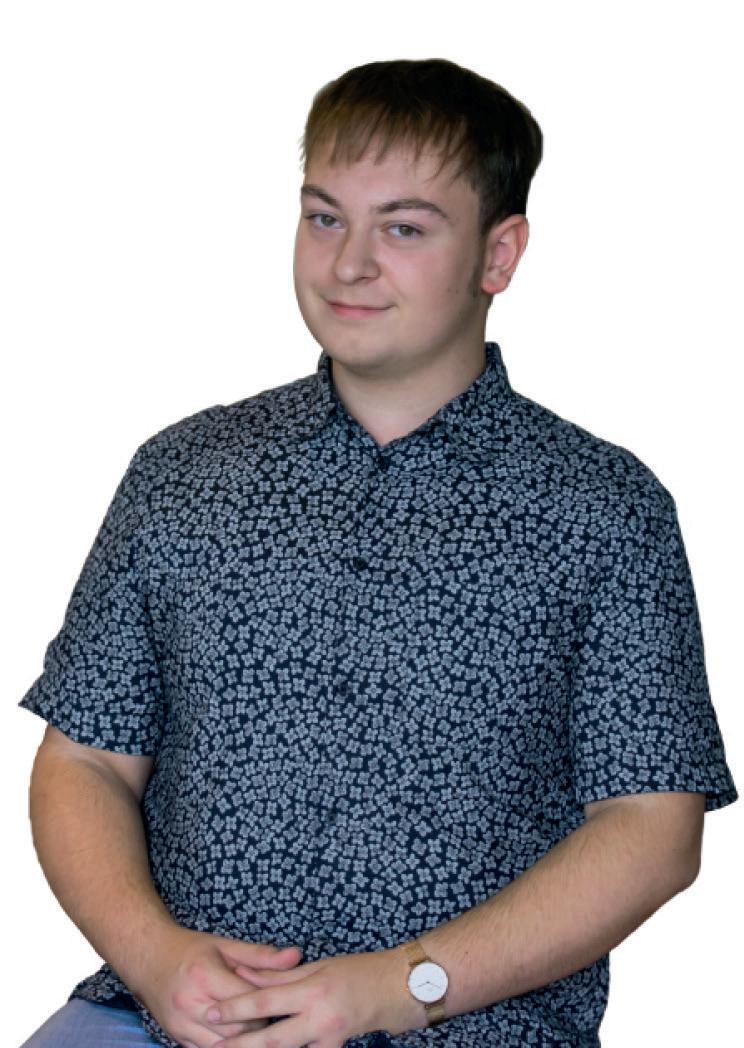Michail Kokkorakis
Prof. Progress Test The immune system It may sound scary, but we could be dead by now if it were not for this brilliant regulatory defensive system. Imagine a team playing against another without having any defence; you may be thinking about the NBA right now but yes, skip that thought. Any living (or not living) organism could potentially kill us. Natural selection has provided us with the most valuable mechanism to survive - the immune system. We basically have two categories: (1) the innate immune system and (2) the acquired/adaptive immune system. The innate immune system This is the first line of defence, let’s exemplify that. Imagine a battlefield: the enemies must first come in contact with a castle, they have to wreck the walls and all the barriers that protect the more intelligent species, which are the warriors, the army etc. Just like in the battlefield, in the microcosm, various microorganisms are exposed to mucosal membranes, the skin, hair etc. This is important because pathogens which are not capable of passing the basal membrane of tissues and cause a systemic infection (spread throughout the body), only cause local inflammation which is easy to manage most of the time. Otherwise, every infection could initially be systemic. Thus, this is the “passive” part of the innate immune system. Apart from that, several residing (host) cells facilitate the eradication of the pathogens and they are the “active” part of the innate immune system. As the archers on the top of the castle, these cells have immediate actions (against the invaders) which are not very specific and they have a terrible memory. These cells are: dendritic cells (DCs), macrophages, natural killer (NK) cells, granulocytes (basophils, eosinophils, neutrophils) and mast cells. The general function of the cells mentioned above is to present parts of the microorganisms invading the tissues to the cells of the adaptive immune system. In particular, eosinophils and mast cells are recruited against worms (helminths), whereas DCs and macrophages are phagocytic cells and thus they are the major antigen presenting cells (APCs) that initiate the adaptive immune response. The phagocytic cells are either infected by microbes (that evade phagocytosis) or “digest” microorganisms with the process of endocytosis. If it is for the APCs mentioned above, then they express two (both) cell surface proteins called “major histocompatibility complex” (MHC) - MHC
10
class I & II. MHC class I is present on (nearly) all cell surfaces and it is vital for the recognition of the various cells as “normal - not affected”. As you can see in the picture, viruses or microbes that invade the cell are then “chopped” into proteasomes in order to make little antigens (antigenic peptides), which will then be transferred in the endoplasmic reticulum (ER) through the molecules TAP1/2. Then they will bind to the MHC class I molecule (residing in the ER) and the complex MHC class I - antigen will be presented on the cell surface. The goal is that CD8+ Cytotoxic T Lymphocytes (CTL) (will be explained later) become activated and kill the infected cell, in order for the infectious agent not to be spread. On the other hand, what happens with APCs (only) when they digest a microbe is that an endosome is formed (e.g. containing the pathogen which will be broken down inside the endosome to form little antigens). Then the MHC class II residing in the ER gets activated and leaves the ER with the “CLIP” sealing the molecule still bound to it (in a vesicle). Then the two vesicles fuse and the antigen takes the place of the CLIP. In the end, the complex MHC class II - antigen will be exposed to the phagocytic cell surface, and this will lead to CD4+ helper T lymphocyte activation (explained later). This is also a point where the innate immune system activates the adaptive response.
The adaptive immune system This is a secondary response that can be perceived as the spies during the Cold War. The cells comprising this “surveillance” system are very slow-acting, have a substantial effect and an excellent memory. It can be generally categorised into two major categories determined by the cells involved in the responses, but both parts contain lymphocytes.

